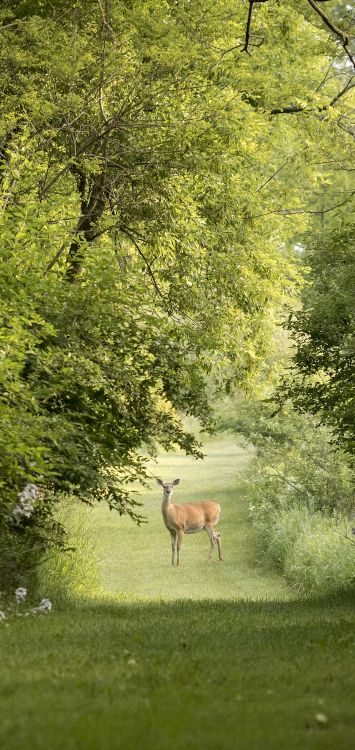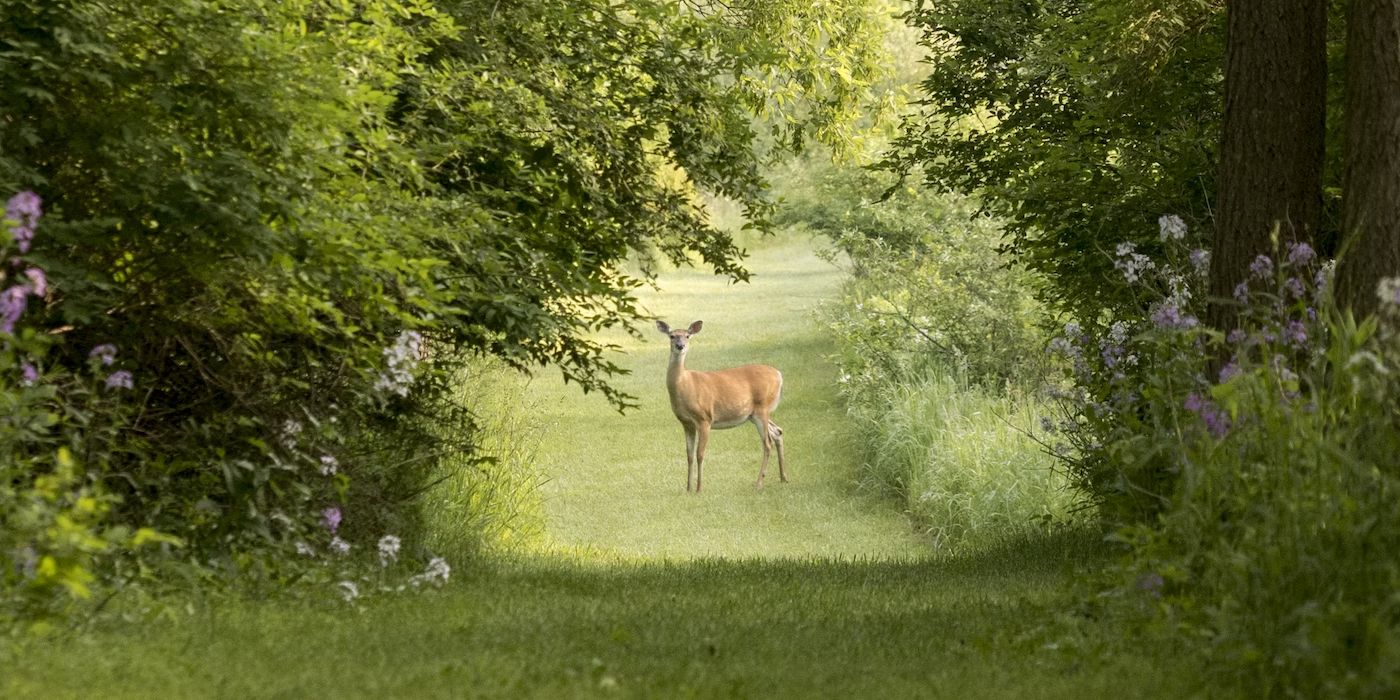You don't need to spend tens of thousands of dollars to get into wildlife photography. In fact, the key to capturing beautiful shots of nature is likely right in your pocket. Many of the latest smartphones take impressively high-resolution videos and photos, like the Samsung Galaxy S23 Ultra with its 8K video and 200MP sensor. And although proper interchangeable-lens cameras will give you greater flexibility, there are a few things you can do to bring your phone-based photography to the next level.
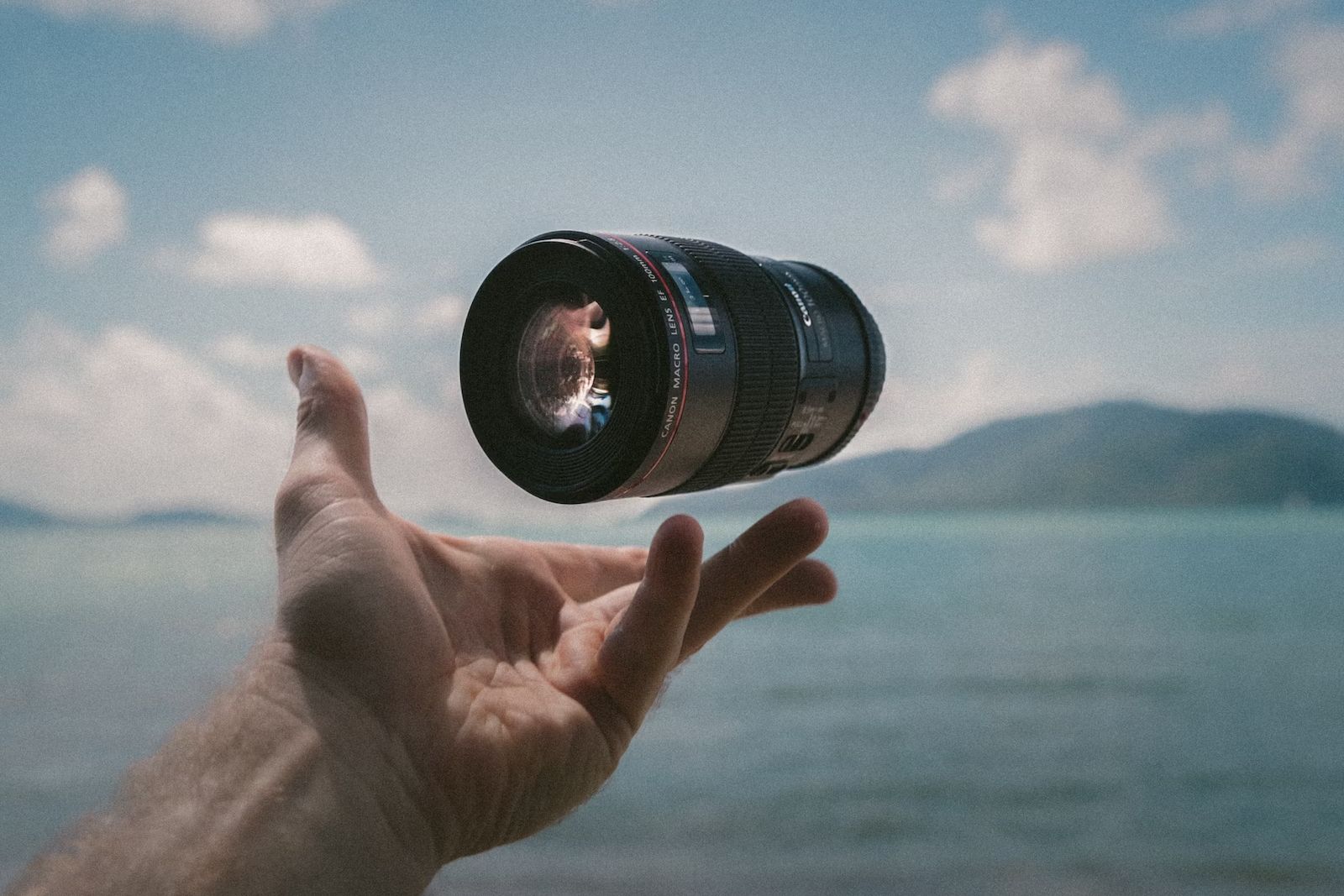
Best camera lenses for taking action shots: Capture those fleeting moments
If you want to snap shots of wildlife, sports, street life, and anything else that passes in a flash, go with a lens built for action.I've been in the photography business for over a decade, and wildlife photography is a long-standing passion of mine. Through the years, I've figured out a few tricks of the trade to improve the quality of photos when using a smartphone. To share my insights, I compiled the following list of tips and wisdom. But I can't take all the credit. My team at Pocket-lint is composed of professional photographers, filmmakers, and tech experts. After collaboration and deliberation, we present our guide to taking great wildlife photography right from your phone.
1. Lighting is everything
This is true of photography in general, and phone-based photography is no different. For wildlife, you'll be using natural lighting. Of course, you can't move the sun to your preferred position, but you can move yourself. That means keeping the sun at your back, so your subject is illuminated. This is especially important for phone cameras, since their smaller sensors can't capture extreme shadows and highlights well. With that in mind, avoid shooting in areas with sporadic lighting, such as under forest canopies where the leaves and branches cast random shadows. If you do find yourself in a forest, look for openings in the tree cover and wait for your subject to come to you.
Professional wildlife photographers often wait for "the golden hour" or "the magic hour" to start shooting. This is the hour right before the sun sets and right after it rises, when the light is golden. It's also more diffuse, and there are lesser extremes between shadows and highlights. This special time of day can boost your images immensely, and many different species are most active around dusk and dawn, as well.
2. Manual exposure shouldn't be your default
Until recently, most phones didn't have the option to shoot manually. However, many of the latest models offer robust manual controls, expanding the potential of phone-based photography. We recommend watching some tutorials on the art of manual exposure, since it's an extremely nuanced skill that can take years to master. You can also check out our guide to action photography cameras to pick up some tips.
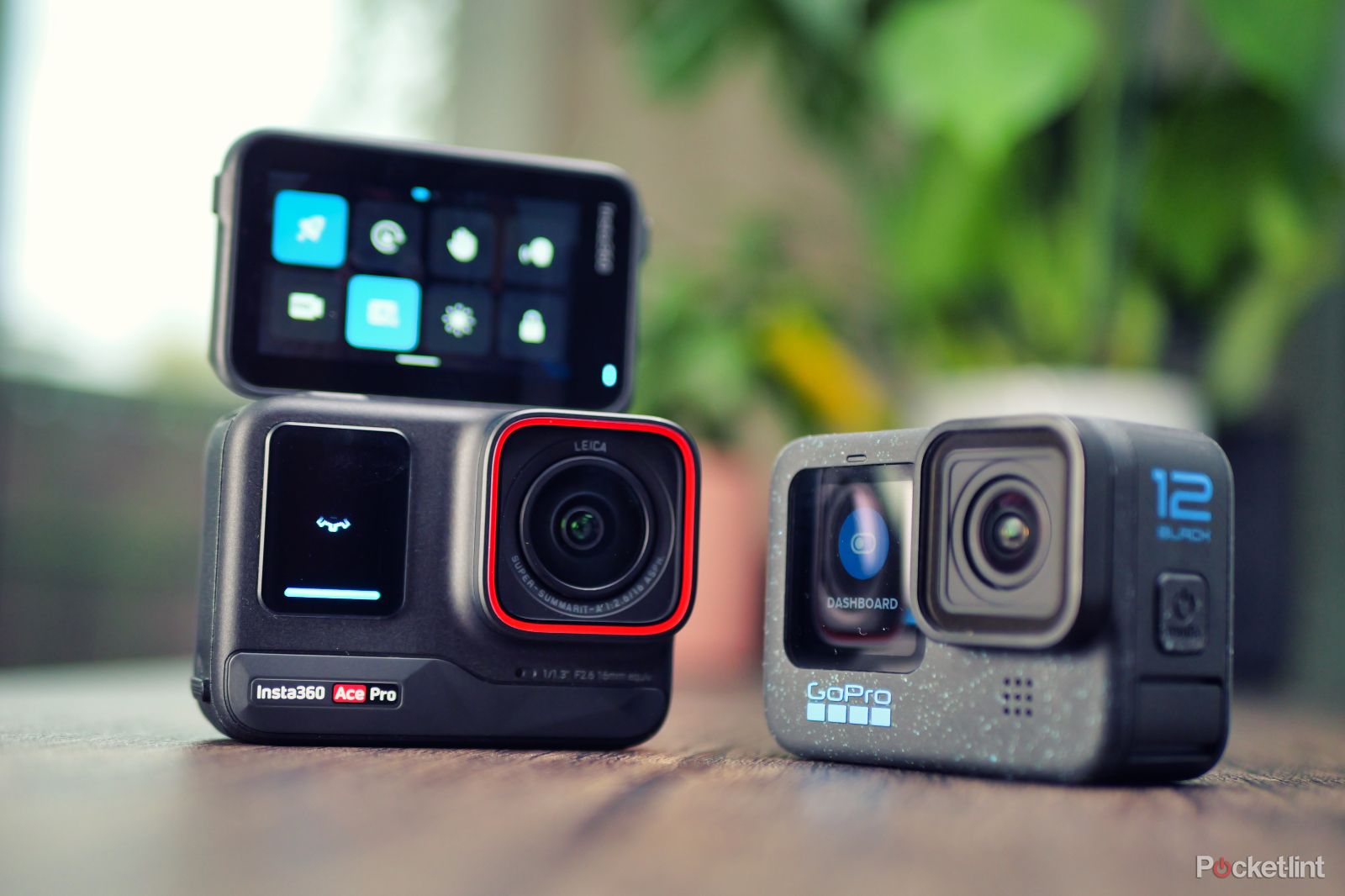
Best action cameras: Expert tested cameras that can handle anything
These rough and ready cameras are prepared for anything nature throws at them, and we've reviewed all of them. Here are the best options.That being said, don't fret if your phone doesn't have manual exposure. Modern phones have excellent automatic exposure technology that will adapt to the demands of the shoot. This is actually preferred, since those once-in-a-lifetime shots can pass in the blink of an eye. You don't want to be fiddling with your exposure settings and miss the moment.
While we recommend using automatic exposure, there are still some settings worth tweaking. Navigate to your camera's settings menu, and look around for image quality adjustments. Set the image quality to its highest possible settings, and enable RAW file types, if possible.
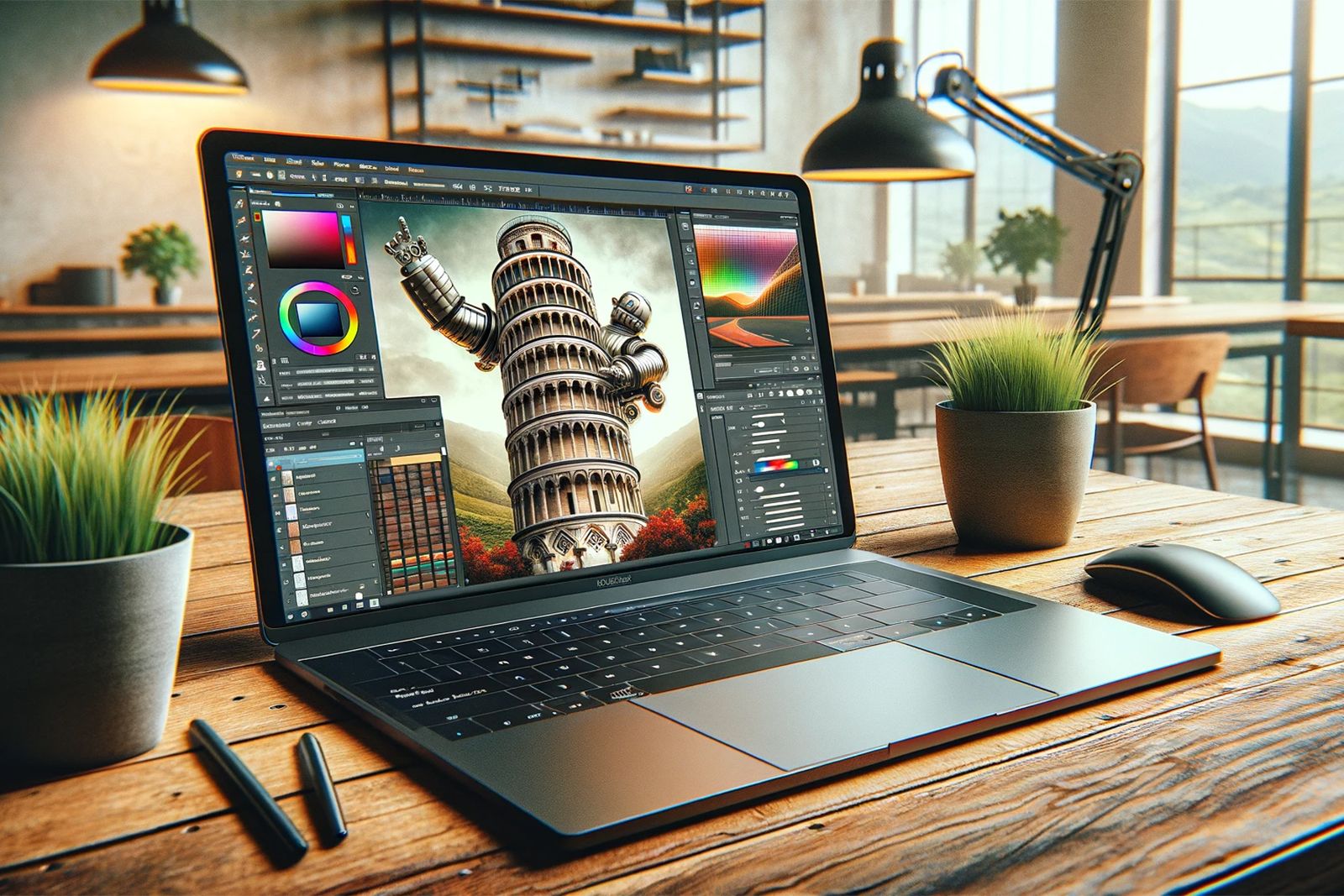
My 5 must-try Photoshop tips to edit photos in 5 minutes or less
Photoshop is a powerful editing tool but it's easy to get lost in all the different tools. Here are five tips for quickly editing your images.Remove any image enhancement features, like AI, filters, and HDR – you're looking to get the most raw, unadulterated photo you can. The editing comes later. Our guide covering the best laptops for video and photo editing should steer you in the right direction.
3. Be patient
Wildlife is unpredictable, and sometimes you simply won't snap a good shot. That's to be expected. So, instead of scaring off every bird and critter in a 10-mile radius by running around frantically, try searching for a beautiful natural setting first. You can even set up your frame and exposure while you wait. And wait you shall. Be quiet, be patient, and enjoy the serenity of nature. Let the wildlife come to you.
4. Horizontal looks better
We're used to using our phones vertically these days, but you'll have to rotate that frame horizontally to take good wildlife shots. The reason for this is simple: horizontal shots reveal more of the environment, while vertical shots waste frame space on the sky and the ground in front of you. Take, for example, this image of a deer.
Presented in portrait orientation, or vertically at 1480 x 700 pixels, you get a nice phone background and a lot of empty space above it. It's not a bad picture, but we can do better.
Presented in landscape orientation, or horizontally at 700 x 1480 pixels, the flowers are revealed, and the deer appears more like the star of the photo rather than a curious bystander. And because it's such high quality, you could theoretically crop the photo further if you want.
The above example isn't a common aspect ratio, but I cropped it thus to demonstrate the point. Because more items of interest exist at eye-level, such as the flowers, orienting your pictures horizontally will almost always reveal greater details and help make your pictures pop.
5. Keep your frame wide
In addition to shooting horizontally, we also recommend keeping your distance from your subject. A wide frame will capture the entire form of your animal subject and provide environmental context for the scene. Of course, it's also a good idea to maintain a safe distance between you and wild animals to avoid any tussles with your subjects.
There are other benefits to wide frames. Phone cameras these days shoot at extremely high resolutions. With so many pixels at your disposal, you can crop the frame as you please in post-production without generating a super-pixelated, thumbnail-sized image.
You can even crop the photo vertically later on if you want to use it as a phone background or Instagram post. By framing your shot horizontally (also called landscape), you'll capture more detail and have more flexibility with how you edit your photo as a result.
6. Use a tripod (or a monopod)
Phone cameras have small apertures, which means their shutter speeds can only go so high. Thus, motion blur is inevitable when shooting handheld, even for phones with built-in image stabilizers. A tripod will help sharpen up your images considerably, besides adding greater control and precision to your framing.
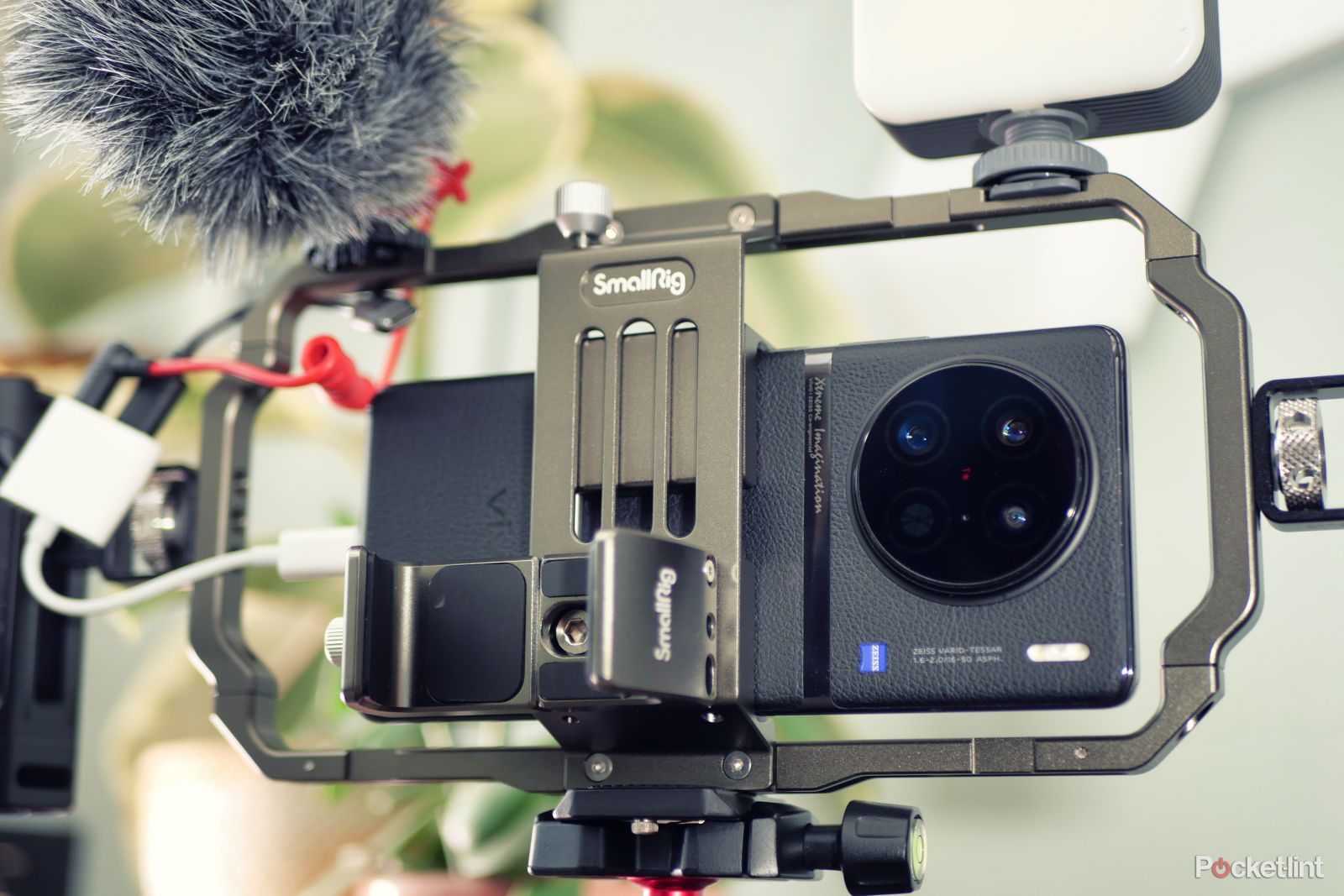
Best smartphone camera accessories: Create Hollywood-worthy shots with your phone
Our pick of the best gear for smartphone photography and filmmaking. Everything you need from stabilisation to lighting and microphones.There are tons of different options designed for phones, and many come with remote shutters to add that extra degree of stillness. We chose the 60-inch Sensyne phone tripod below, as our favorite tripod for this use.
7. Use an ND filter
You'd never catch a pro photographer out in the wild without his or her trusty ND filter. These simple lenses are called "neutral-density filters,'' because they reduce the intensity of incoming light evenly across the spectrum without changing the color. When shooting in direct sunlight, bright spots can easily get overexposed, especially when the dynamic range between highlights and shadows is large.
Imagine a swan on a sunny day. All that bright white feathering next to that elegant black head will push your phone's auto-exposure software to its limits. Without an ND filter to bring down the light intensity, your photo will almost certainly come out overexposed. Below, we've reviewed our favorite ND filter for phones to give a sense of what to look for.
8. Don't rely on Zooming in to capture the details
Unless you have the Sony Xperia 1 V with its optical zoom lens, don't zoom in. With few exceptions, smartphone cameras use digital zoom. Basically, digital zoom just crops the image, reducing the resolution drastically. You can always crop the image yourself in post-production, so why zoom in and lose all those pixels?
It should be noted that there are some cameras with digital-zoom enhancement technology, like the Google Pixel. These use complex algorithms to reduce the grain and pixelation of digitally-zoomed images. They're quite effective at improving the image, but you'll still have better results simply shooting without the zoom and cropping the photo later.
9. Just keep snapping
Don't just take one shot. Take a million. When wildlife passes by, it doesn't stay posed in one place like a royal portraiture. By snapping shots quickly, you'll get a series of images that you can comb through later. This is another great aspect to phone-based photography, since the automatic settings and fast processors allow you to take photos in rapid succession.
File management is also important here, since you'll need to make space to store all those photos. Ensure that you can store up to 1,000 photos before you embark on your shoot. You can always delete them later, so why not fill up?
Consider these three gadgets to help you take wildlife photography with your phone
Adding a couple of accessories to your kit can boost the quality of your wildlife shots immensely. They're not 100% necessary, but with a compatible tripod, grip, and ND filter, you'll gain greater control over your phone-based photography.
The tripod helps steady your shots, the phone grip adds grip and maneuverability, and the ND filter reduces the risk of overexposing. There are a few other nifty accessories out there worth trying out as well, but check out our three top picks to get started.
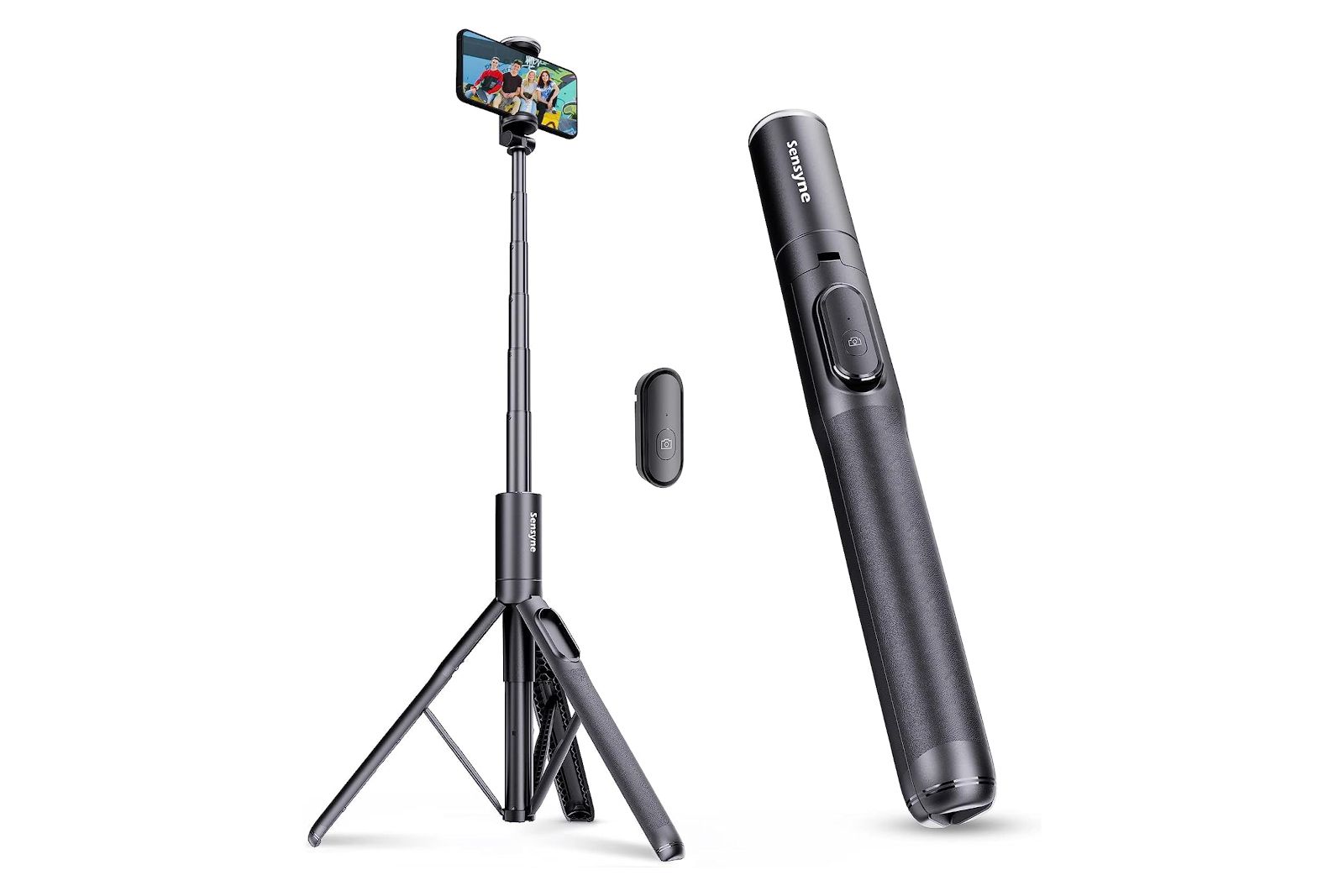
Sensyne 60" Phone Tripod
This phone tripod from Sensyne is ideal for wildlife photography, with a super portable design, easy adjustments, and a bonus remote control.
There are plenty of smartphone tripods out there, but none do their job as well as this one from Sensyne. The 60-inch tripod collapses down into a compact rod, so it's perfect for wildlife photography and all the travel that comes with the territory. But for all that slimness, it's surprisingly sturdy and durable. Even when extended to its full 5-foot height, the wide tripod legs prevent it from wobbling. This helps keep your phone still, even when there's a slight breeze in the air. And if things get really windy, you can always hang a weighted bag from the middle.
The Sensyne 60-inch tripod also comes with a wireless remote, which works as a remote shutter for snapping your shots without bumping the phone itself. This adds even more stability to the setup, so phone pics come out crispy and sharp. It's our go-to phone tripod, especially since it can accommodate just about every model and size of smartphone on the market. Best of all, the price is a bargain, and you might even nab one while it's on sale.
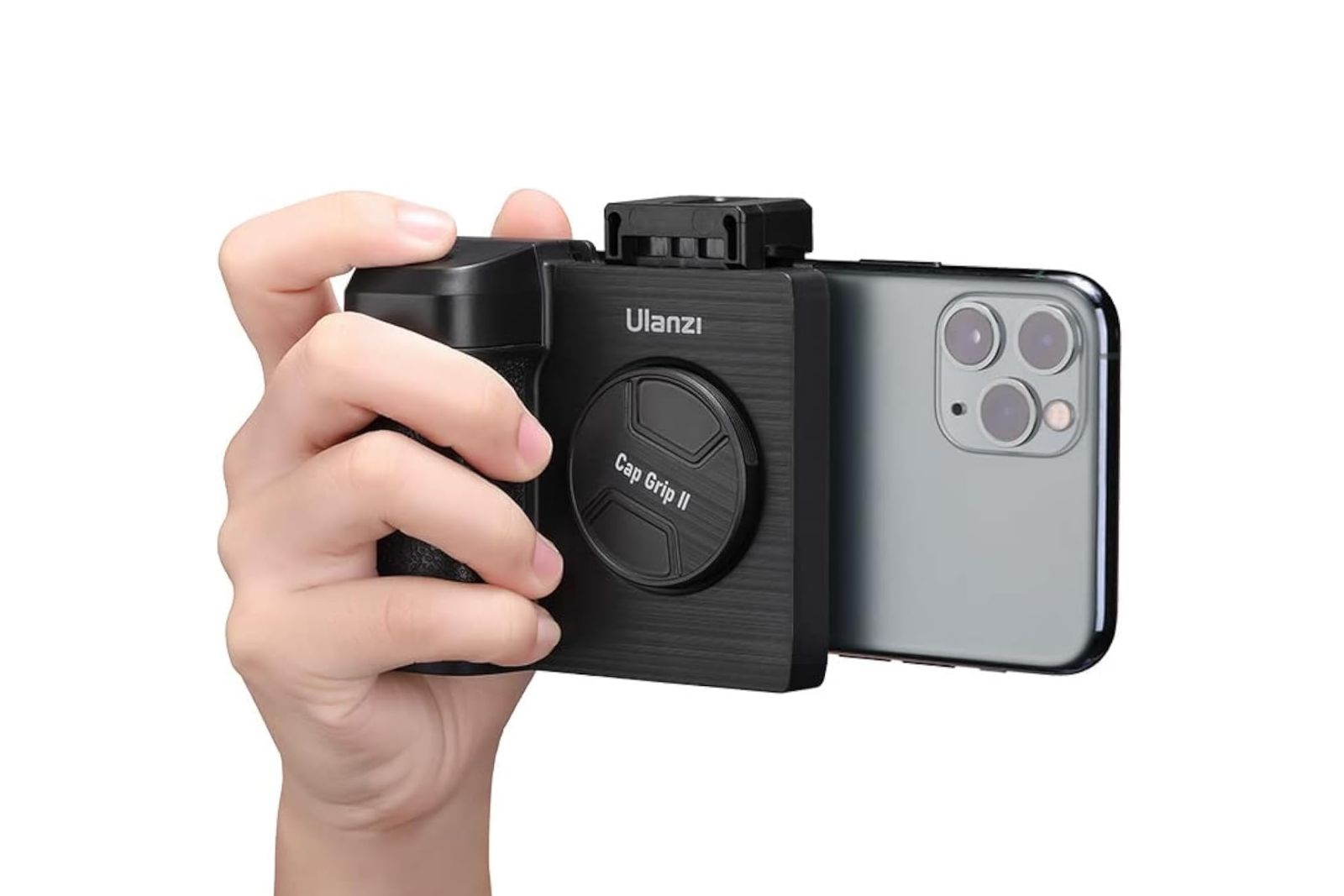
UURig CapGrip II Smartphone Camera Grip Holder
This affordable accessory not only adds control to your handheld shots, it also makes your phone tripod-mountable.
Wildlife photography is all about flexibility, and that's exactly what the CapGrip II brings to the table. This simple-yet-powerful camera grip attaches to your phone to enhance your control. The difference is substantial. It basically transforms a phone into a handheld camera, shutter button and all.
The shutter button connects to the phone via Bluetooth, expanding its compatibility to fit the majority of phone models. But even more impressive, it has a standard tripod mount hole, which allows you to place the whole thing on a tripod. There's even a built-in "cold shoe" mount on top. This is the little standardized rail to which you can attach microphones, lights, flashes, and external monitors. Thus, although the CapGrip II might seem unassuming, it's actually a powerful tool that's well-worth its meager price tag.
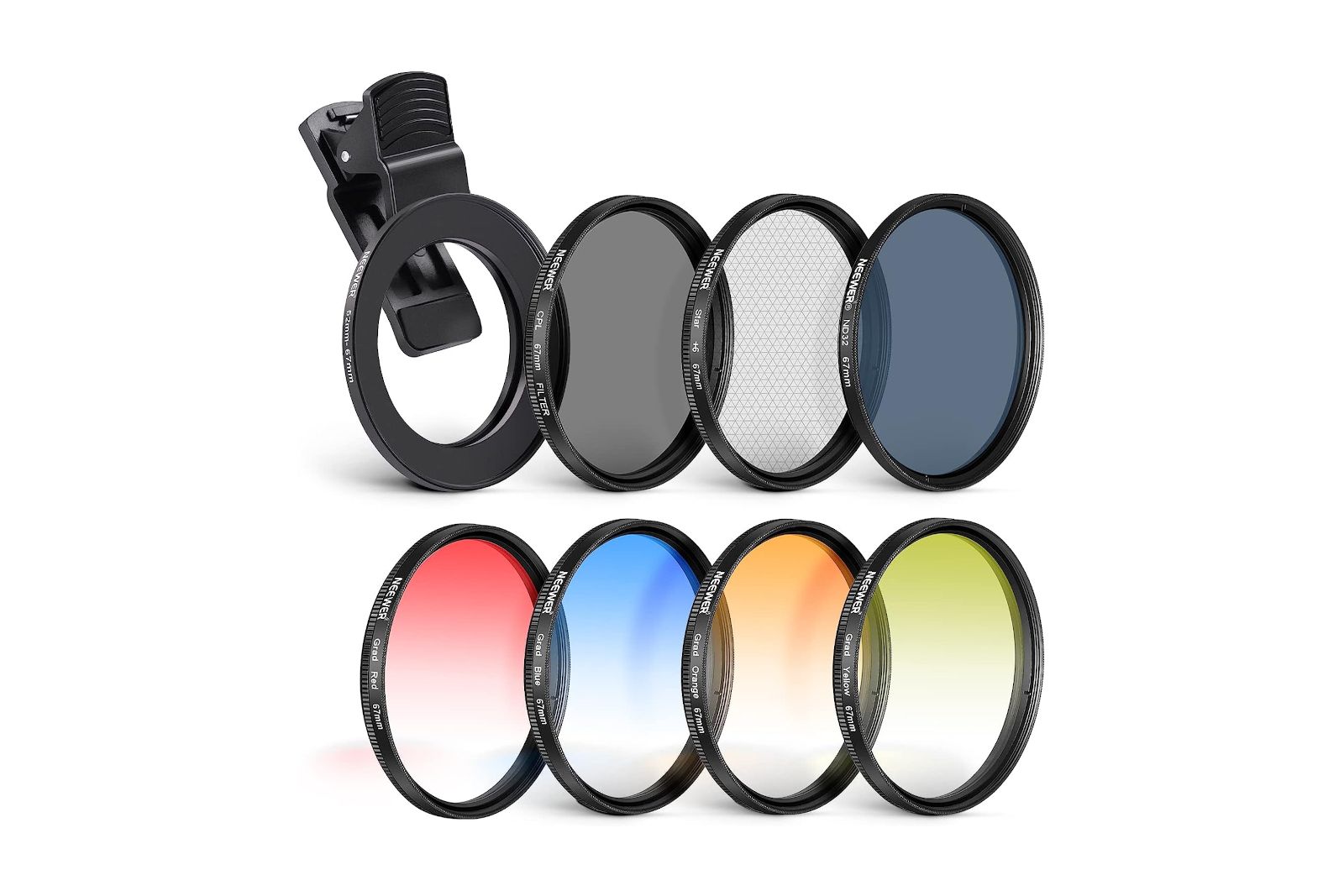
Neewer 67mm Clip-On Filters Kit for Phone
This kit from Neewer has a variety of filters to help you manage those overly-bright days, and the ND32 ND filter is its shining star.
We go over ND filters above in tip 7, but it's worth rehashing again, since they're so important. These "neutral-density" filters lower the intensity of incoming light to make the exposure more manageable for camera sensors. This reduces the risk of overexposure when shooting in natural light, so it's a major boon for phone-based wildlife photography. And if you want the best ND filter for phones, go with this pick from Neewer.
The ND filter is rated as ND32, meaning it reduces the relative shutter speed by five f-stops. In other words, it's built to handle extremely bright sunny days. We recommend leaving it on your phone, even when it's not exceptionally sunny. Dim photos can always be brightened up in post-production, but an overexposed photo will always have less color and light information that can't be reclaimed by editing software. Remember, the name of the game is capturing as much detail and color as possible, and dim photos are better than overexposed photos.
The kit comes with more than an ND filter, though. It also has four color filters, a CPL filter for reducing harsh reflections, and a "6-point star" filter that adds a beautiful bokeh effect to points of light. Each lens is clearly well-made and high-quality, with a professional feel. And they attach easily to just about any model of phone via the clip-on mount. It holds steadfast, even when you're moving and grooving through the wilderness, yet you can remove it at any point in time with ease.

